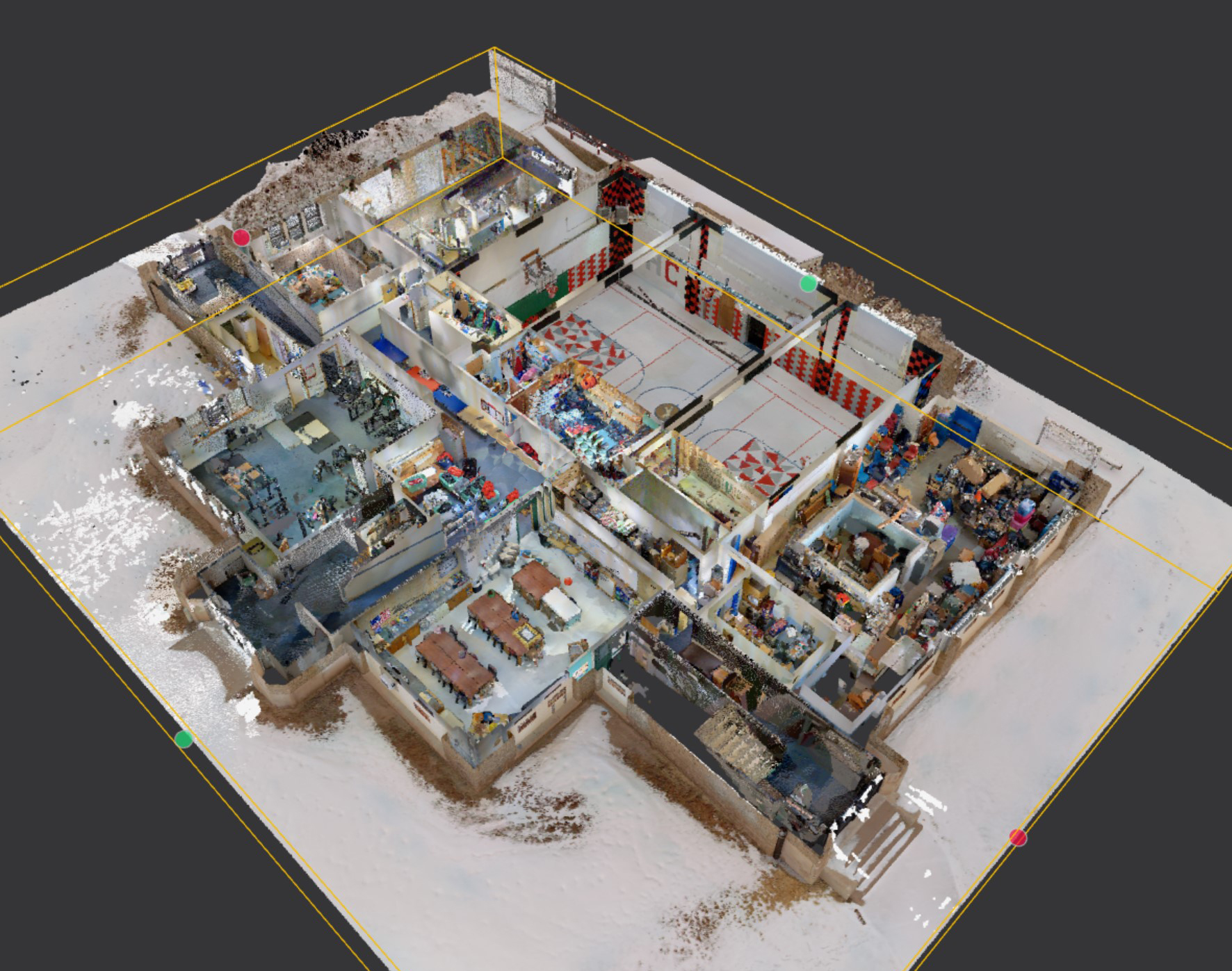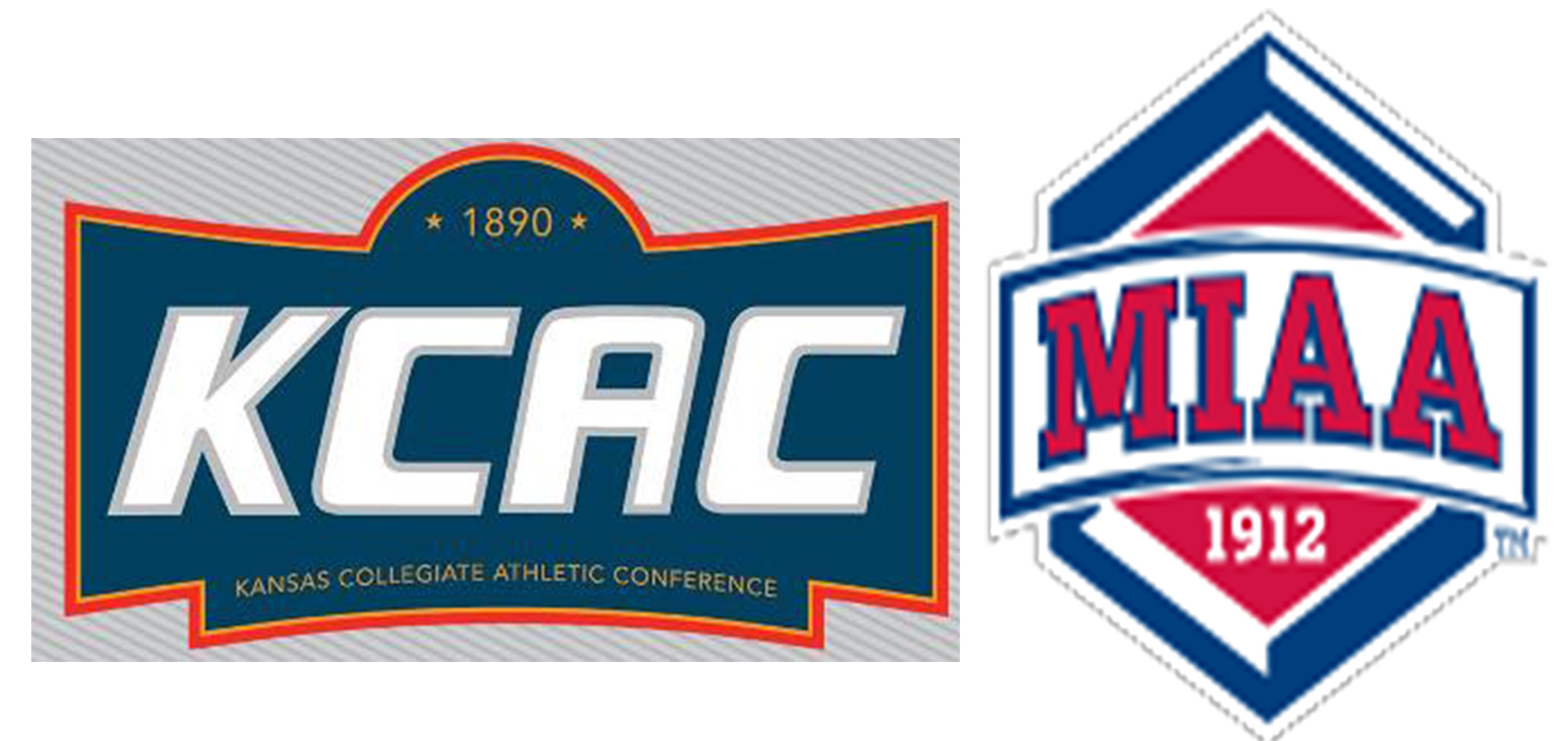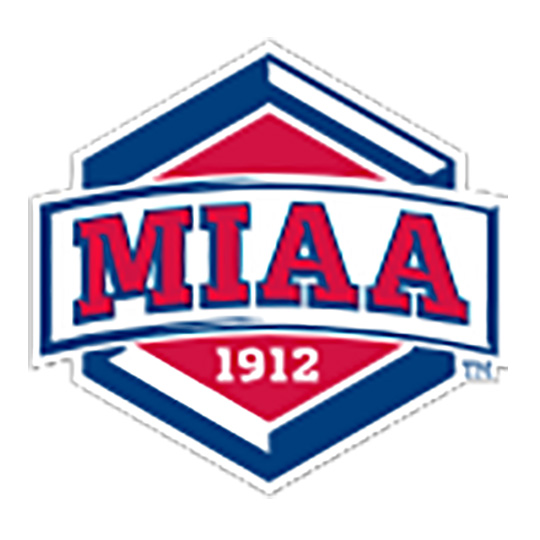A Kansas college has made a “digital twin” of a Kansas high school.
According to Kansas State University, for nearly a century the Memorial School Building had been the pride of Hill City and one of the finest in western Kansas, serving originally as a high school and then as Longfellow Middle School, until its closure in 2009.
But thanks to efforts of two K-State 105 partners — the Innovation Center in northwest Kansas and the Technology Development Institute, or TDI, at Kansas State University’s Carl R. Ice College of Engineering — the building could soon see new life as a centerpiece of the town.
In support of the rural housing initiative being championed in northwest Kansas by the Innovation Center, TDI deployed its NavVis VLX digital scanning system to create a ‘digital twin’ of the shuttered school building.
Older buildings often lack detailed plans, and traditional methods of creating new plans often require on-site work that can take multiple days to measure and create new drawings by hand, said Bret Lanz, commercialization director for TDI. It’s a costly and time-consuming process in any setting, but in rural communities, organizations often struggle to find the equipment and time to create this kind of documentation.
With the NavVis system, though, TDI was able to scan the entire facility, which included both the interior and exterior of the building, in four hours.
The scanning system is similar to the cameras that create Google’s Street View. This process results in digital files that contain both images and dimensional measurements that can then be used to create a 3D model of the scanned building that is accurate to 5 millimeters.
These digital models are typically referred to as “digital twins.”
“We have a number of interested parties in this particular building,” said Randy Speaker, Innovation Center regional housing specialist. “But getting them out here to document the building and start working on plans has been difficult. By working with TDI, we can create the digital twin and send those files directly to a large number of developers to kickstart the process and get things moving forward.”
The goal of TDI’s digital scanning program is to lower the barriers rural communities face in repurposing older, unused buildings to create new residences and address any housing shortages, Speaker said. Creating the digital twins is the first step in redevelopment, and K-State is helping lead the way by using cutting-edge technology to meet that demand in rural communities.
“Through the K-State 105 initiative we have been able to expand our partnerships and uses for our technology to assist rural communities in ways that we had not previously imagined,” Lanz said. “By creating digital twin models of these buildings, we are enabling a larger number of developers to evaluate these opportunities with the ultimate goal of creating additional housing in these rural areas.”
This project was completed in support of the K-State 105 initiative with the assistance of the K-State Technology Development Institute, a U.S. Department of Commerce Economic Development Administration University Center. TDI provides a broad range of engineering and business development services to both private industry and university researchers to advance the commercial readiness of new products or technologies.
K-State 105 is Kansas State University’s answer to the call for a comprehensive economic growth and advancement solution for Kansas. The initiative leverages the statewide K-State Research and Extension network to deliver the full breadth of the university’s collective knowledge and solution-driven innovation to every Kansan, right where they live and work. Additionally, K-State 105 forges the connections and partnerships that create access to additional expertise within other state institutions and agencies, nonprofits and corporations — all part of an effort to build additional capacities and strengths in each of the 105 counties in the state. Learn more at k-state.edu/105.
Serving 26 counties in rural northwest Kansas, the Innovation Center is a private foundation that provides economic and entrepreneurial assistance to businesses in the region. Learn more at nwkeici.org.
_ _ _
Photo: With a digital-scanning system and the help of the Technology Development Institute at Kansas State University, the Innovation Center in northwest Kansas is making a ‘digital twin’ of the Memorial School Building in Hill City so that prospective developers



